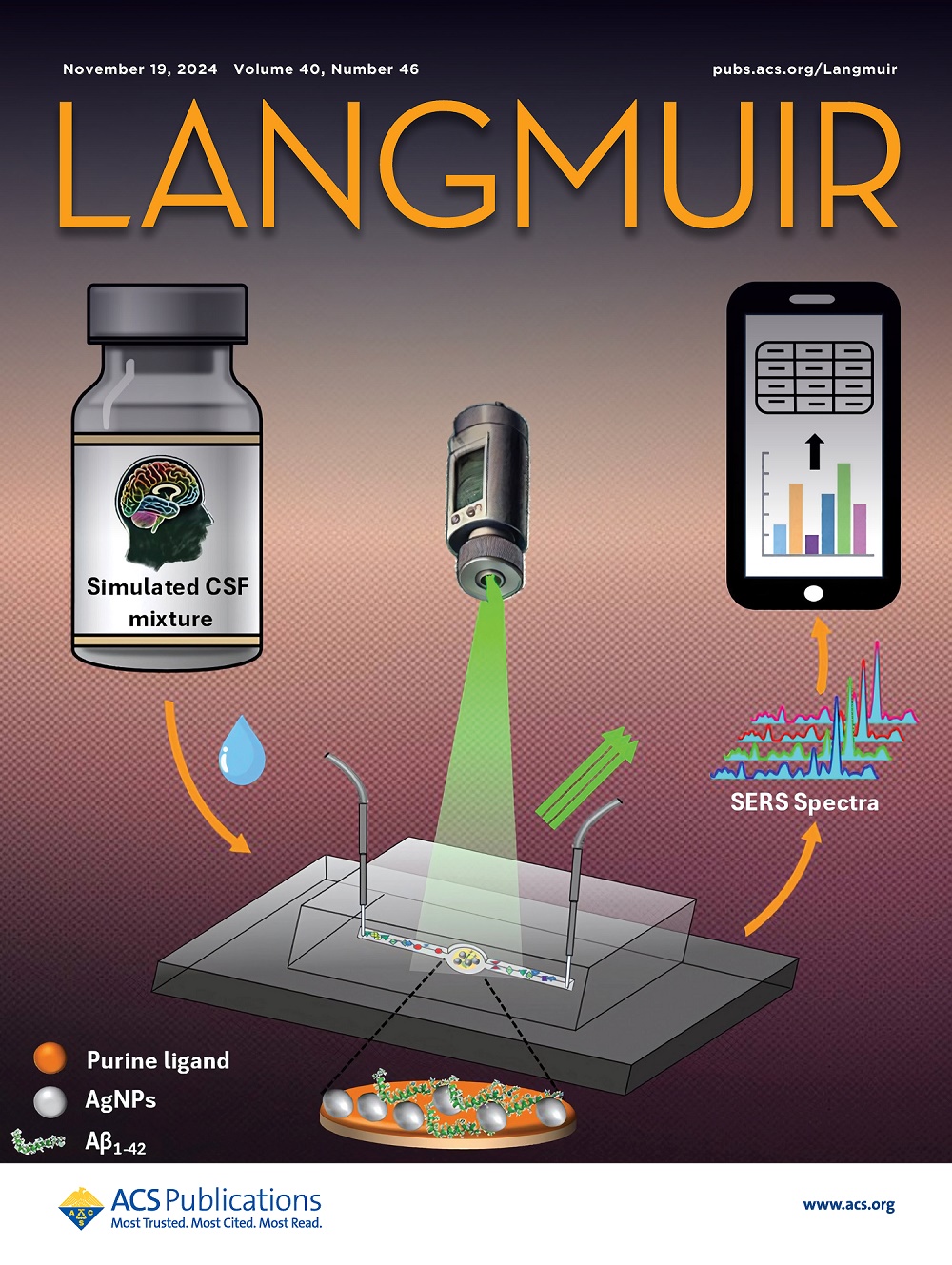超亲水性静电纺季铵盐纳米纤维快速高效去除冶金废水中的Cr(VI)
IF 3.7
2区 化学
Q2 CHEMISTRY, MULTIDISCIPLINARY
引用次数: 0
摘要
由于常规吸附剂在强酸性环境中的吸附能力低、吸附动力学慢、选择性不足,对工业冶金废水中剧毒Cr(VI)的去除仍然是一个很大的挑战。采用静电纺丝技术合成了一种新型的超亲水性季铵化纳米纤维吸附剂。超亲水性纳米纤维吸附剂在吸附过程中促进了水分子的运动,增加了体系的自由能,从而促进了Cr(VI)的高效、快速选择性去除。在初始浓度为400 mg/L的Cr(VI)溶液中,吸附剂在0.06 s内完全湿润,达到450.33 mg/g的最大吸附量,并在20 min内达到平衡。吸附实验表明,该过程的拟二次动力学和Langmuir模型的相关系数分别高达R22 = 0.994和RL2 = 0.971 ~ 0.993,表明该吸附过程以化学吸附驱动的表面吸附为主。Zeta电位分析、XPS和DFT模拟表明,吸附机理是离子交换和静电吸引配位的协同作用。此外,动态柱吸附试验表明,该吸附剂可吸附冶金废水中自身质量6000倍的Cr(VI)离子,经过5个循环后,纳米纤维对Cr(VI)的回收率仍可达到89.7%,在实际冶金废水中的去除率高达95.64%,凸显了其实际应用潜力。本文章由计算机程序翻译,如有差异,请以英文原文为准。
Superhydrophilic Quaternized Electrospun Nanofibers for Fast and Efficient Removal of Cr(VI) from Metallurgical Wastewater
Due to the low adsorption capacity, slow adsorption kinetics, and insufficient selectivity of conventional adsorbents in highly acidic environments, therefore, the removal of highly toxic Cr(VI) from industrial metallurgical wastewater remains a great challenge. Herein, a novel superhydrophilic quaternized nanofiber adsorbent was synthesized using electrospinning technology. The superhydrophilic nanofiber adsorbent facilitated water molecule movement during the adsorption process, which increased the system’s free energy and thus promoted the efficient and rapid selective removal of Cr(VI). The adsorbent was completely wetted within 0.06 s and reached a maximum adsorption capacity of 450.33 mg/g in a Cr(VI) solution with an initial concentration of 400 mg/L and equilibrated within 20 min. Adsorption experiments showed that the correlation coefficients of the pseudo-secondary kinetics and Langmuir model of the process were as high as R22 = 0.994 and RL2 = 0.971–0.993, respectively, suggesting that the adsorption process is mainly surface adsorption driven by chemisorption. Moreover, the adsorption mechanism by Zeta potential analysis and XPS and DFT simulations revealed that the selective adsorption for Cr(VI) is the synergistic action of ion exchange and coordination by electrostatic attraction. In addition, the dynamic column adsorption test demonstrated that the adsorbent could adsorb 6000 times its own mass of Cr(VI) ions in metallurgical wastewater, the recovery of Cr(VI) by nanofibers could still reach 89.7% after five cycles, and the removal efficiency was as high as 95.64% in real metallurgical wastewater, which highlighted the potential of its practical application.
求助全文
通过发布文献求助,成功后即可免费获取论文全文。
去求助
来源期刊

Langmuir
化学-材料科学:综合
CiteScore
6.50
自引率
10.30%
发文量
1464
审稿时长
2.1 months
期刊介绍:
Langmuir is an interdisciplinary journal publishing articles in the following subject categories:
Colloids: surfactants and self-assembly, dispersions, emulsions, foams
Interfaces: adsorption, reactions, films, forces
Biological Interfaces: biocolloids, biomolecular and biomimetic materials
Materials: nano- and mesostructured materials, polymers, gels, liquid crystals
Electrochemistry: interfacial charge transfer, charge transport, electrocatalysis, electrokinetic phenomena, bioelectrochemistry
Devices and Applications: sensors, fluidics, patterning, catalysis, photonic crystals
However, when high-impact, original work is submitted that does not fit within the above categories, decisions to accept or decline such papers will be based on one criteria: What Would Irving Do?
Langmuir ranks #2 in citations out of 136 journals in the category of Physical Chemistry with 113,157 total citations. The journal received an Impact Factor of 4.384*.
This journal is also indexed in the categories of Materials Science (ranked #1) and Multidisciplinary Chemistry (ranked #5).
 求助内容:
求助内容: 应助结果提醒方式:
应助结果提醒方式:


